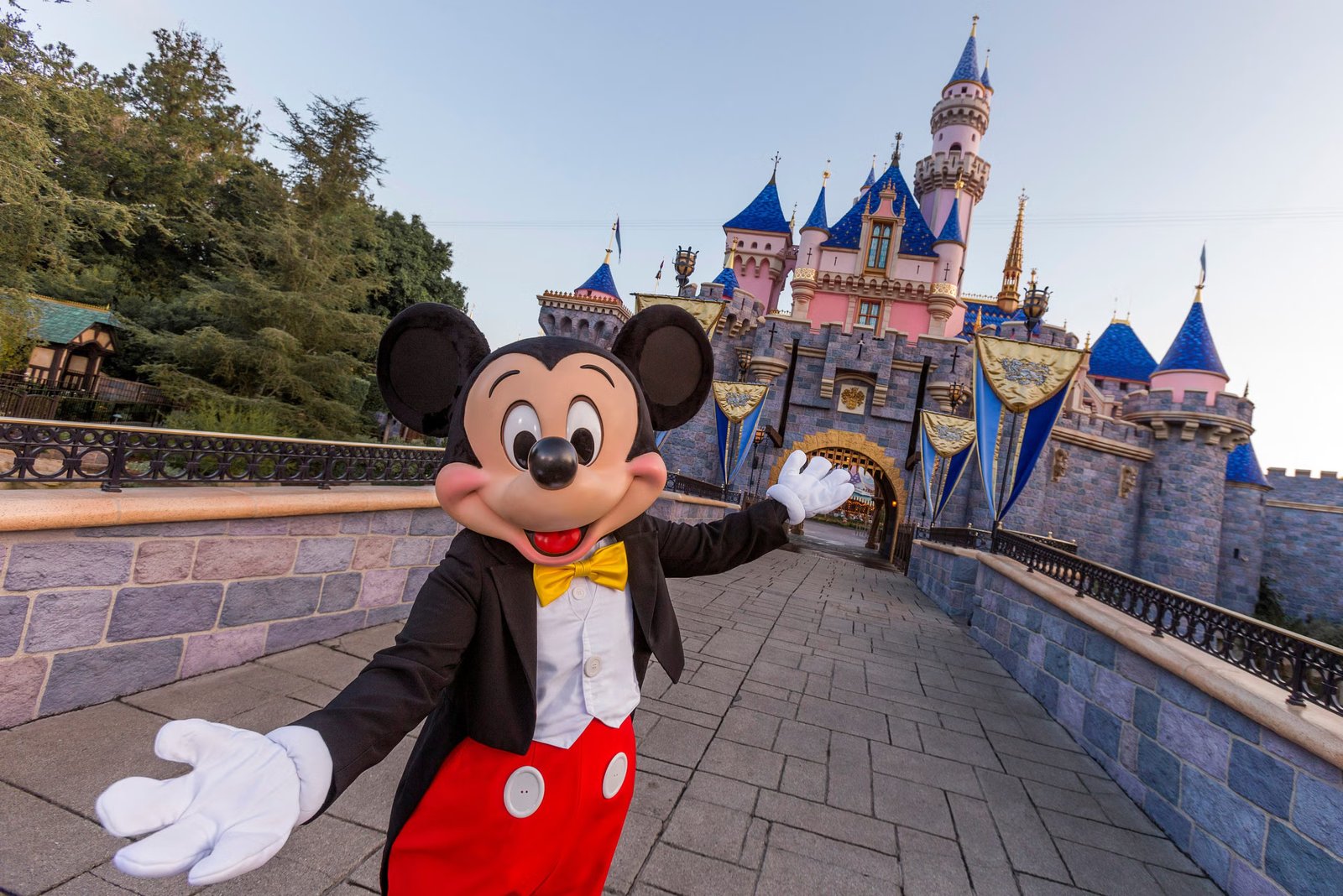Since the second half of the 20th century, America’s theme parks have become emblematic of a nation touting its rising disposable income and devotion to family‑friendly fun – projecting a powerful image of U.S. culture that has resonated around the world.
But now storm clouds are gathering over the brightly coloured rides and amusements, as revenues at theme parks across the country have slipped by almost 2 per cent year on year, following many steady years of growth in the wake of the Covid-19 pandemic.
Disney’s latest earnings report shows attendance at its parks across the country is down for the fiscal year ending in September.
At the top of the list of concerns is the cost of a day out. U.S. consumer confidence hit its lowest level in seven months this week, amid pessimism about household incomes, job availability, and Donald Trump’s tariff rises, which have raised prices.
Meanwhile, over the past few decades, the price of a day at the theme park has ratcheted up. In 1980, a single general admission ticket to Disney World cost $8, though some rides had additional costs. Adjusted for inflation, that is around $33.40 per person.
In 2025, the cost of a day ticket to Disney World – all rides included – costs between $139-$209, depending on when you book, with an average price around $160. A family of four buying will usually be looking at shelling out between $600 and $750 for a single day of lighthearted frivolity.

Theme parks are betting on renewed growth by forging blockbuster tie-ups with gaming and entertainment franchises, delivering cutting‑edge rides and immersive experiences built around today’s most recognizable characters.
At its parks in Florida and California, Legoland has unveiled a ‘design your own rollercoaster’ concept. The $90m Galacticoaster allows children, and presumably adults, to choose the nose, tail, and wings of the craft they’ll ride into Lego space.
Last week, Dollywood, the theme park based on the life and career of country singer Dolly Parton, announced it was spending $50m on a new immersive hybrid white water rafting/roller coaster ride that takes riders through 500,000 gallons of “surging water”.
“The ride vehicle is not just a technical achievement – it’s a symbol of what’s possible when creativity and engineering come together to push the boundaries of what a theme park experience can be,” Dollywood said in a press release.
Meanwhile, Universal’s new Epic Universe park is pinning its success on a significant collaboration with Nintendo to create a Super Nintendo World populated by the army of characters familiar to people across the decades from the brand’s games, films, and merchandise.
“We see more and more brands coming into this industry,” Jakob Wahl, the CEO of the International Association of Amusement Parks and Attractions, told Fox Business. “If it’s Dreamworks-themed water parks, Epic Universe with Nintendo, or Minecraft coming to the Merlin parks, the gaming and entertainment industries are merging together.”
In Texas, another park, called Six Flags, is “investing heavily” in a ride that will break multiple records for size and speed – with riders hurtling along the track at up to 87mph.
“We’re always going faster and taller” Ken Parks, Six Flags’ corporate vice president of planning and design, said to Fox Business.
But he acknowledged that, while the huge new rides will generate headlines, family fun remains the core of the theme park model.
“There’s a huge audience looking to make memories together,” he said.

